Fitness Regime for your Himalayan Treks (Comprehensive plan to make you fit for any trek in 4 weeks)
One of the most gorgeous among Uttarakhand’s trekking destinations, Har Ki Doon in the Garhwal Himalayas at. is a hanging valley famed for exquisite beauty. The trek route offers a variety of interesting features—forests rich in flora and fauna, a series of quaint villages on the cliffs, the delightful experience of camping by a sprightly mountain river, and vista of snow peaks. The trail is age old and steeped in legends. Some say, it is the same route taken by the Pandavas in the Mahabharata on their ascent to heaven. Swargarohini—the snow peak, the vision of which dominates this trek bears legacy of the mythical stairway to heaven. Among other relics of an interesting past, the Duryodhana Temple in village Osla on this trail deserves a mention.
Har Ki Doon Trek is a favorite in summers and post-monsoon owing to the vibrant greens patched with orchids, rhododendrons, and other blossoms. The trail in most parts running through a deep forest cover, keeps away risks of altitude adaptation marking the trek safe for beginners and young trekkers. On an average, the trek will have 5 hours of hiking per day but thanks to thorough connection with localities, the route is full of simple facilities like little refreshing eateries on the way.
The challenge of Har Ki Doon, besides the long hours of trek for 6 long days is trekking in the rains. The peak time of the year for this trek is not winter after snowfall but in summer frequented by rain. Proceeding through green foliages dripping with pearls of rain is a beautiful experience but trekkers must be well equipped for it. Rain trekking essential like poncho, waterproof covers, anti-diarrhea medicines, and water resistant trekking boots has to be ticked boxed first when packing for this journey.
Short Itinerary
Day 1:
- Dehradun Railway Station to Sankri
Day 2:
Day 3:
- Pauni Garaat to Kalkattiyadhaar
Day 4:
- Kalkattiyadhar to Har Ki Doon
Day 5:
- Har Ki Doon to Pauni Garaat via Osla
Day 6:
Price Inclusions
- Meals while on trek (Veg. + Egg).
- All necessary entry fees and permits.
- Accommodation:- Guest house, Home stay, camping during Trek.
- Mountaineering qualified & professional trek Leader, guide, cook and Support staff.
- First aid medical kits, stretcher and oxygen cylinder.
- Trek equipments: Sleeping bag, mattress, tent (twin sharing), kitchen & dinning tent, toilet tent, utensils and crampon (if required).
Price Exclusions
- Transport Arrangement from Rishikesh/Dehradun or Sankri
- Any kind of insurance.
- Porters could be arranged and the costing is borne by the Participant
Stay
- Guest House (First/Forth Day) | Tented Accommodation (Second/Third Day)
- Sharing basis accommodation
- Separate accommodation for boys and girls
Meal
- We offer Hot Vegetarian food.
- All Days Breakfast
- All Days Lunch
- All Days Dinner
Transportation
- We usually try to arrange a Tavera/Qualis/Sumo Jeep for Pickup and Drop from/to Rishikesh or Dehradun Airport. The participant need to inform prior about the arrangement of the Jeep.
- The travel time from Rishikesh/Dehradun or Sankri is about 10 hours. The cost of transportation is Rs. 6000 per Jeep (6-8 people).
- You will reach Rishikesh or Kathgodam Railway Station approximately by 3-4 pm from Lohajung. (We request you to do the onward journey after 5 pm from Rishikesh).
- The cost of Arrival and Departure Jeep is shared among the trekkers using the Jeep.
Detail Itinerary
1
Day 1: Dehradun to Sankri
The first day begins with a 10 hour drive from Dehradun to Sankri. You are expected to reach Dehradun railway station by 6:30 in the morning. To reach on time, you can book an overnight bus ride from Delhi to Dehradun ISBT. Passing through Mussoorie- the “Queen of the Hills” on to Uttarkashi district, we will cross Naugaon, Purola, Mori, and Netwar before finally reaching village Sankri- the first stop on the trek. The road is through and through picturesque with pine tree forests starting on both sides of a road that catches up on a parallel to the course of the river Tons. Stopping at a favorable hour, we will have lunch somewhere by the road at an inn. Reaching Purola, you should get done with important calls and internet usage because hereafter, connection will get fuzzy. BSNL is the only efficient service available in this zone with limited providers. A short way before Sankri, we will cross the Govind National Park checkpoint and at about 6 in the evening, the drive will end at Sankri. After freshening up at the guest house, you will get sufficient time to explore the market close by. Trekking essentials, garments, and equipments are available at the bazaar in Sankri, in case you need last minute shopping for the venture ahead.
2
Day 2: Sankri to Pauni Garaat
On day 2, we start on our drive from Sankri to Taluka at 7 in the morning. This short drive through gradually thickening forests and streams cutting through the path over boulders will introduce us to the terrain of our trek closely. Reaching Taluka, another village of the same lineage found on this trek, trekkers will be invited to collect refreshments before getting started on the hike. The first lapse is a descent to the banks of the beautiful Tons and keeping the river on the right, the trail enters a level walk through forests of conifers until reaching the first cemented bridge. Crossing the stream, the trail leads up to a wooden bridge where a gentle slope goes down to the waters. Here you can fill your bottle and move ahead. The whole way along the river is ideal for photo compositions and provides shade too. We approach the rest point for lunch by the Supin tributary that we crossed before at around 1 in the noon. At a rocky height from the banks of the rivulet is a food shack, one of the many that we are going to find on our trek to the valley. These stores are with packaged food and beverage along with delightful hot snacks. In addition to our packed lunch, this will add a different twang of delight to outdoor meals on the move. Progressing ahead, harvest fields of potato, millet, and maize will fall on the way giving the whole stretch a ranch house feel. Pauni Garaat, a green clearing on the banks of Supin at its sprightly best is arrived at late in the afternoon as the Sun begins to dip—welcome to the first camp!
3
Day 3: Pauni Garaat to Kalkattiyadhaar
Pauni Garaat to Kalkattiyadhar is a distance of 7 km over 6 hours which we start early morning at 6. The trail crosses 3 “garaat” or hydroelectricity run chaffing units which are used by the villagers for separating husks of millet and maize followed by grounding to flour. The idyllic vibe retained in the surrounding, the trek proceeds through harvest lands, cattle grazing, and slant roofed huts used as granary and storages. After crossing a log bridge, the trail turns for an ascent. On this incline, you will get fabulous viewpoints to steal glimpses of the Dhauladhar Range out front. Snaky trails to Borasu Pass and Baspa Valley can also be made out from here. The high trail winds further down reaching a tabletop green stretch—Kalkattiyadhar. This is the campsite for day.
4
Day 4: Kalkattiyadhar to Har Ki Doon
A shorter distance of 5 km is reserved for the summit day, spanning over 3.5 hour of trekking time. Moving through a thick forest of conifers—chestnut, bhojpatra or papyrus bark, pines, and cedar, the trail is an intense experience of nature. There are several log bridges to be crossed over cool flowing streams concluded by the final ascent lap. The last landmark on the stretch to the valley is a waterfall, after which the ascent is unrelenting till the destination is reached. About after 40 minutes on the uphill trail from the waterfall, you will reach the Valley cradled in greenery at the feet of the Har Ki Doon peak. The silvery waters of Supin streams through the heart of the valley and at the end of the vale there shows green roofed cottages of the forest department. The camps are made with a view of the majestic Swargarohini visible in front and the Hatha peak peeking from a corner. You will reach the valley in time to take a walk up to the cluster of green-roofed cottages. From here, you can treat your eyes to a different side of Swargarohini. A Shiva temple with a trident raised in the sky marks this glorious spot. Remember to keep your cameras on stand-by to capture that beautiful essence of alpine glow when the sun sets.
5
Day 5: Har Ki Doon to Pauni Garaat via Osla
On day 5, we start off with a packed lunch towards Osla via Kalkattiyadhar. Down by the same trail, we break towards the village after crossing a cemented bridge. The village is reached by afternoon to be greeted with a host of smiling faces. The exceptional architecture of Osla’s houses invokes a different time and a different world altogether, the most striking structure being the Durtodhana temple topped with a pair of carved peacocks. Multihued ethnic garments, bronze and silver hand whittled jewelry, and typical headgears define the cultural richness of the people here. After soaking in the rustic charm of Osla for an hour or two, wind down the narrow hilly lanes back to the expansive riverbed and followed by a few hours of mixed descent, you will reach Pauni Garaat camp by the gusty Supin flowing by. The hum of the river will keep you company through the night.
6
Day 6: Pauni Garaat to Sankri
A 5 hour trek to Taluka sets off this morning, climbing down by the familiar trail, stopping at familiar rest points. The car waits at the end of the dirt road to drive back base camp-wards. Pay special attention to descending tactic. Though climbing down accounts for lesser exhaustion, stressing out your soles with bold steps is unadvisable. Sankri will be reached just in time for tea.
7
Day 7: Sankri to Dehradun
The journey concludes with the 10 hour drive from Sankri to Dehradun. Breakfast and lunch will be on the way. Reaching time at Dehradun station will be 6pm, suitable for an overnight journey to Delhi.
Other Details
We develop our itinerary without compromising anything regards to Safety. We are aware that you would have concern regarding travelling this post covid lockdown but we take several measures to make the trip safe for you. We strongly recommend all the travellers in the trip to gain a Covid-19 Test certification. Apart from that we also sanitize the vehicle and homestay/campsite thoroughly before using it. We have made the use of face mask mandatory at public places and travel destination. Although its difficult to trek with face mask on, we strongly monitor the protocol of social distancing.
If you want to know more about what all other practises we use to make the trip safe. Please follow the link of "Safety at Nature Walkers".
- Please carry Xerox copy of Pan Card or Aadhar Card, as its same is required to permission from the Forest Department.
- Non – Indian nationals will have to pay additional cost of Rs. 1300/- toward forest permission.
- We strictly DO NOT ALLOW consumption of Alcohol, Beer, smoking or intoxicants on out trek. We request you to please co-operate with us to the make the experience more enjoyable.
- Requesting our participant to DO NOT EXPECT any kind of luxury on the trek. We host our treks in remote location and do our best to arrange the basic necessary facilities for our participant. The objective is to experience the local outdoor.
- We provide hot vegetarian food on our treks. If in case we can arrange Non-Veg, we would inform you on the trek.
- DO NOT wear tight pants; tight pants are not comfortable for treks as the leg motion is restricted.
- DO NOT carry valuable ornaments; it can cause unnecessary trouble if misplaced. (Nature Walkers do not take any responsibility of your ornaments).
- DO NOT wear black or dark cloths and perfume on the trek (as some insects get attracted to dark color and perfumes)
- Please put the little at its place, we request to not trash the trek or the accommodation facility.
- If in case of traffic delay, we request our participants to expect little delay in reaching the destination.
- 8 to 20 Members
- We get equal boys to girls ratio for most of our treks/trips
- We require a minimum of 8 participant to confirm the event
- If in case, we fail to obtain the required minimum number of participants. We would initiate full refund or transfer to another event for the same departure date. (Option of transfer shall be subject to payment/refund of balance amount if any)
FAQs
Nature Walkers shall follow all the basic Covid Guidelines like Face Mask, Hand Sanitizer, Vehicle and Homestay Sanitization with Temperature Check.
It is mandatory to carry Covid Vaccination Certificate if you have been vaccinated with both the doses on Trek. If you have Vaccinated only with one dose or have not got vaccinated, then you would need RTPCR Negative Test Report to join this Trek. A
s It might be inconvience if the state government rule changes after your do your registration or after you begin your travel and it would be difficult to find covid test centers nearby to your travel destinations.
Please read our article on "Is it Safe to Travel in India right now?"
yes, you certainly can join. We often get many solo trekker/traveler on our trips and definitely you will find some likeminded people on the trip. Our objective is that we complete the trek/travel as a team. So, we always motivate people to come together and help each other.
We always believe in exploring our limits. Every Trek/Trip organized by Nature Walker would have outdoor leaders, who would help you motivate you in difficult times on the trek/trip. Also, we have shared the itinerary in a form of a virtual trek/trip which would give you basic idea of the difficulty level of the trek/trip, which will help you in decision making.
Yes, We always make sure that we take proper precaution in regards of girl’s safety. We have female outdoor leaders who have explored every trek/trip, Nature Walkers has, in regards of the facilities, sanity and safety of a female trekkers/travelers.
Map

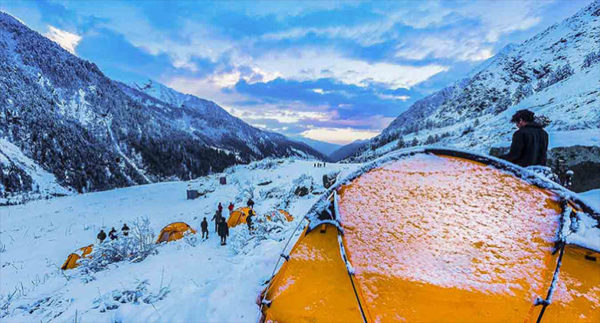
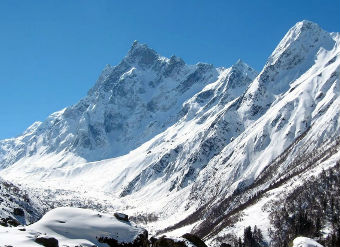
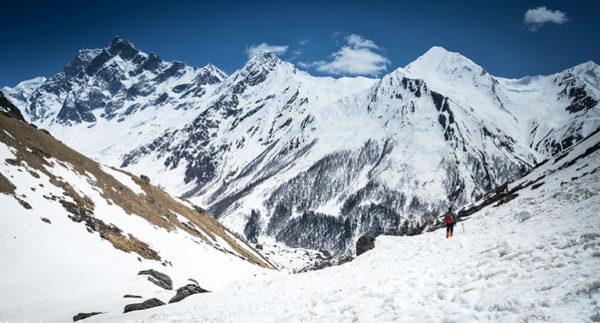
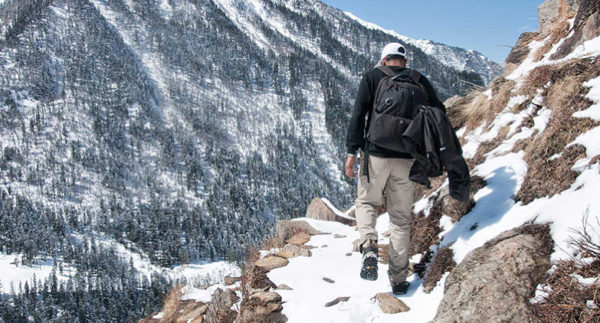
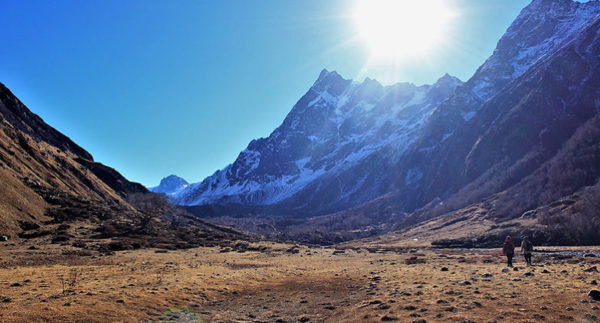
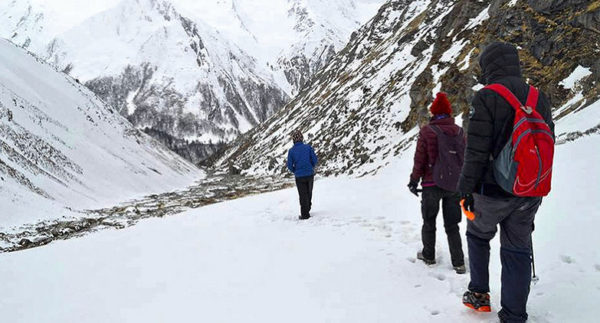
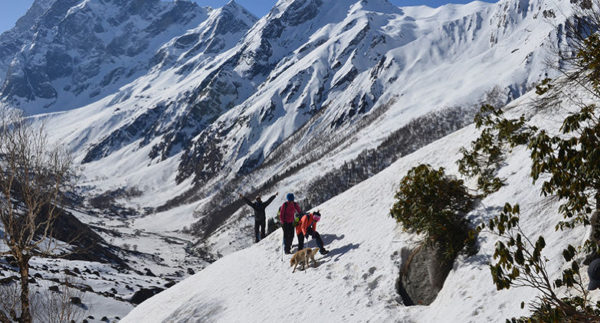
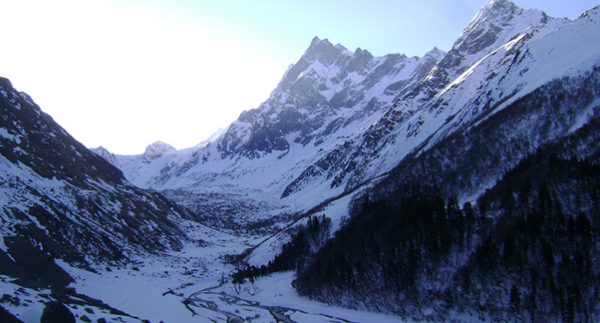


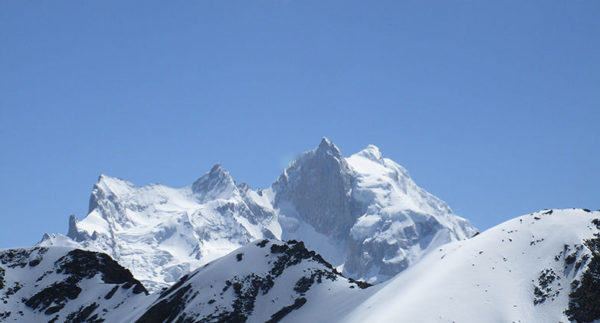
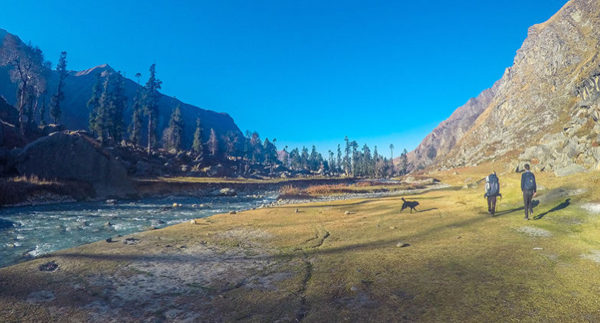
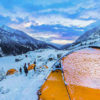
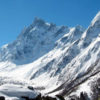
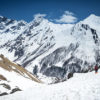
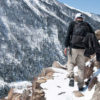

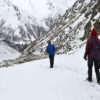
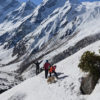
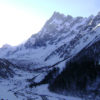
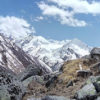
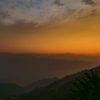
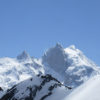
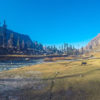
Reviews
There are no reviews yet.